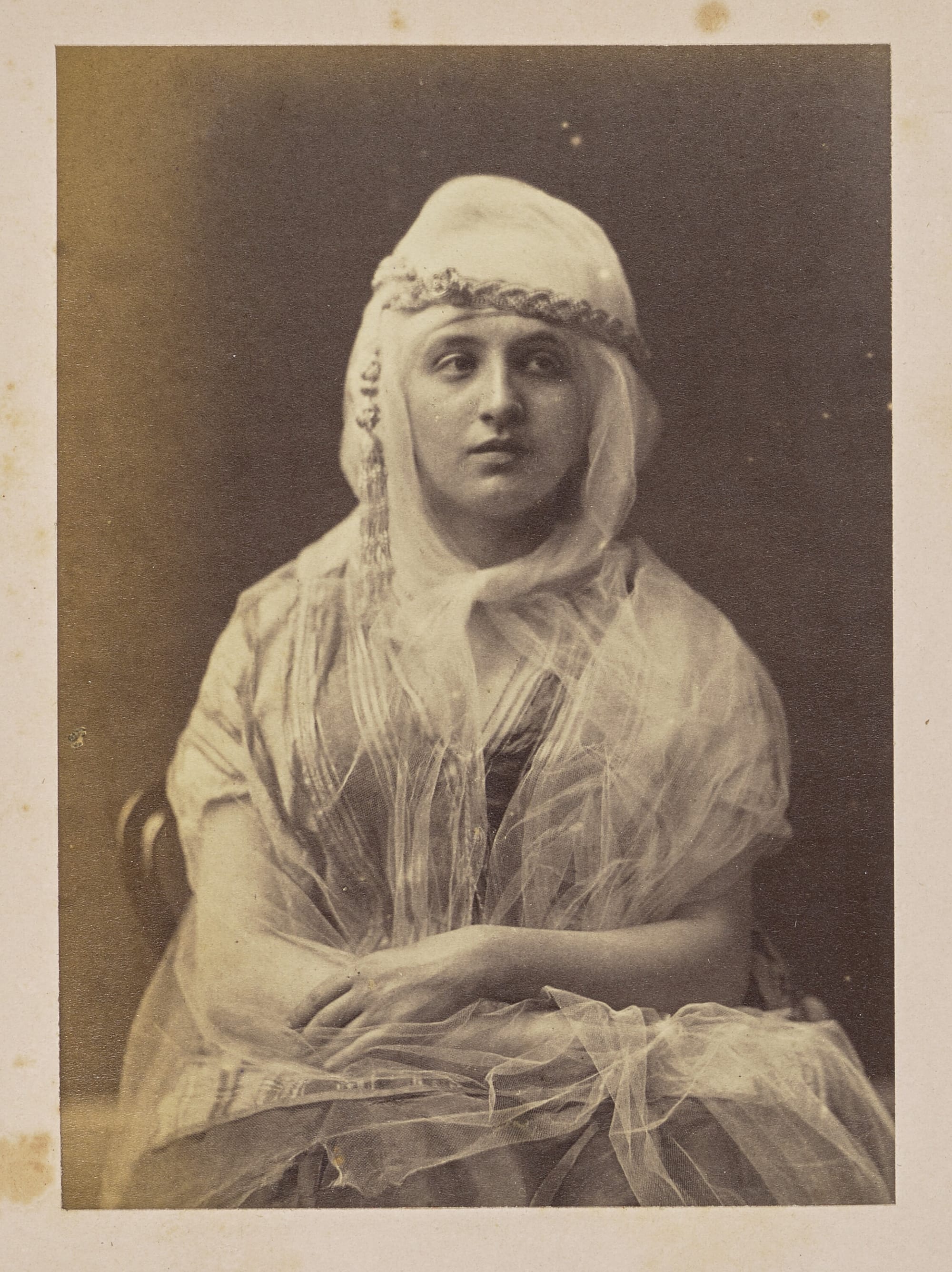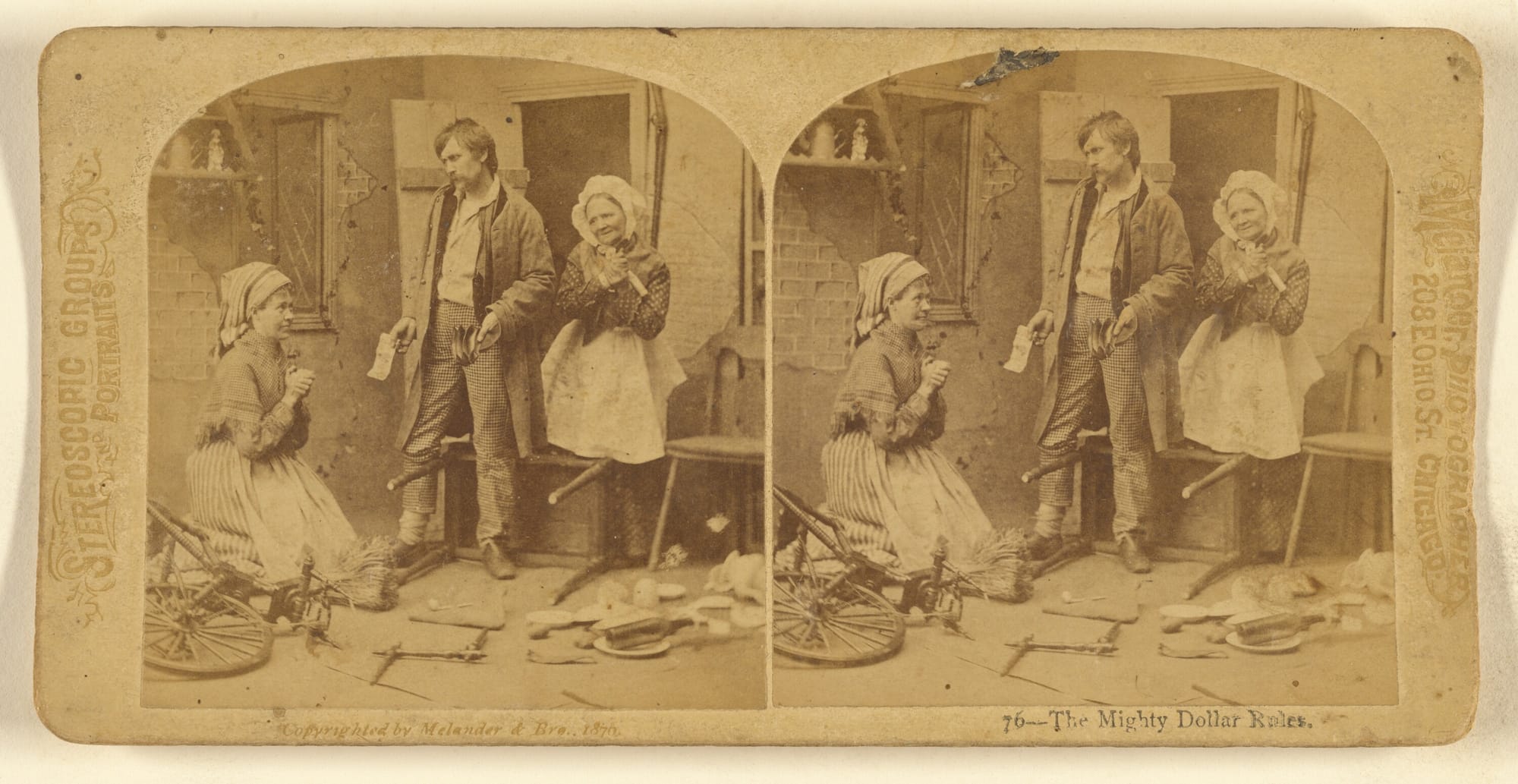Consensual Hair Cutting and Money Sharing: Two Modern Fairy Tales

Recently the trial of the World Junior Hockey League men was concluded. It got me to thinking…
Consensual Hair Cutting
In a far or not so far way land, a woman’s hair was not just her “crowning glory”… it was a measure of her worth.
In this land, hair was considered the most beautiful asset a woman could have. Her hair is a symbol of her femininity, her desirability, and how she handled her hair, and how she permitted others to handle it, was deeply tied to her personal and societal worth.
Most of the people in this land can only grow sparse or stringy hair. But some are blessed with abundant tresses. It is considered a gift of their god and indicates the woman’s worth — both physical and moral.
The sexual act between a man and a woman was connected to the woman’s hair. Men derived the ultimate physical pleasure from rubbing their hands through a woman’s hair — whether the hair is still on the woman’s head or whether it is cut. And the woman could only conceive once a man had cut her hair.
All decent women covered their hair with head-wear — some elaborate, some plain. Some head-wear gave the impression that the woman has more luxurious hair than others; there were special pads that could be inserted into the headdresses to provide that effect. A decent woman only uncovered her hair in the presence of family members or upon her engagement to be married.
And, importantly, once the hair had been cut, it cannot grow back. She would, in a sense, be damaged goods. and no longer top notch wife material.
Sometimes women — those considered promiscuous — allowed some tresses to protrude from their headdresses and permitted non-family men to touch, and even to cut pieces of their hair. Sometimes, after the fact, some of these women claimed that they did not consent to the clipping of their hair and charged the men with the crime of “cutting”.
From a legal standpoint, consensual “cutting” is not a criminal offence. Incidentally, young girls, those under sixteen, are considered too young to consent.
Although the law doesn’t specifically allow for previous “wanton” behaviour to excuse non-consensual hair cutting, there can be a stigma. If a woman tempts men with a show of hair, or has been known to flaunt her mane, were she to declare a “cutting” against a man or men, there would generally be an outcry that “she was asking for it”.
If she gives a man her “consent” to “cutting”, then her loss is her own. The onus is upon her to prove lack of consent. And if there was a group of men involved, she would need to provide proof that each and every cutting was not consensual.
Recently, in their city of Londinium, five men were charged — and acquitted of cutting. According to the woman accuser (let’s call her Mane), she had been subjected to an hours-long hair assault in a hotel room.
The five men (who the defence consistently called “boys”) were celebrating a recent victory at a sporting event. Mane had gone to a bar where the men had congregated, and decided to go a hotel room with a player named Mickey. She consented to some cutting with him.
Then more of Mickey’s teammates came into the room. Mane claimed that several of them proceeded to touch and cut her hair without her explicit consent.
The defence dismantled Mane’s story bit by bit. They began by citing that she had been drinking earlier in the evening at her home. From there she was subjected to nine days on the stand, seven of which involved cross-examination. The defence affirmed that not only was she willing to have her hair cut, but that she initiated it: She was the aggressor.
The “boys” were said to have been “bashful” and “embarrassed” — they were uncertain about what to do and what she was suggesting they do with her hair.
Mane said she was unclear about exactly what she had said — gaps due to her excessive drinking. She also said that fear made her “leave her body” because of what the men were forcing her to do with her hair.
Mane claimed that the men encouraged her to drink while at the bar, and without permission placed their hands on her hair. Video surveillance footage from that evening showed perhaps less drinking and that it was she who placed the man’s hands on her hair. Or so the properly coiffed judge believed.
According to Mane, fear was behind the whole episode after having allowed Mickey to cut some of her hair. When more men arrived in the room, they began suggesting she engage in more non-appropriate hair activity. They laid down a sheet to collect the cuttings.
The judge didn’t agree. She believed that Mane initiated and encouraged the cutting.
Mickey and his friends had been cautious. Twice they videotaped Mane answering the question “Is this consensual?” where she replied “What happened was consensual”.
The judge believed that this evidence was proof that the episode was a happy event and found nothing unusual in a woman being asked to provide video proof of consensual cutting.
According to the laws of that land, you can't give consent after fact. Consent must be both continuous and given to each separate cutting. But, no matter…
Back to the trial. Right from the start, the defence insisted that Mane wanted a “wild night”. When she stated that her mind went outside of her body, the lawyer made fun of her — referring to that exit as the appearance of “Funny Mane”.
Mane is now living some sort of life, and the sports idols are living theirs.

Consensual Sharing of Money
In another land, perhaps not so far away, there was an episode where a young man named Monty came into a large amount of money from a winning lottery ticket. They say he was usually a quiet man, shy and insecure. He was a little on the scrawny side, and far from athletic. They said he idolized sports heroes.
On the day he won his ticket, he decided to get all his winnings handed to him in small bills. He then went to a bar where his idolized sports team was celebrating a big win.
At the bar, Monty met his idol, Mickey. Monty drank quite a lot of liquor, flashed around lot of bills and suggested that he and his new friend Mickey go to the latter’s hotel room where he would share some of his money.
Once in the room, Monty gave Mickey quite a bit of money. Then several of Mickey’s large and brawny sports friend came into the room, all demanding money too.
Later, when Monty sued Mickey and his friends for non-consensual money exchange (essentially "robbery"), the judge convicted the sports players on all counts.
The defence maintained that Monty had consensually donated his money, that he had initiated the encounter, and had brazenly tempted the players with salacious views of cash. Still, the judge was firm. Even when shown video evidence of “consent”, the judge affirmed that the young man was clearly coerced through the fear of the larger men.
Sadly, by the time the court case was concluded, the sports players had spent all the money so Monty had nothing more he could do — other than try to hold up his head over his tattered reputation.
Would you like to read other posts? If so, please click the Home Page link below:

You, Dear Reader, are much needed and appreciated.
Everything written requires a reader to make it whole. The writer begins, then you, dear reader, take in the idea and its image, and so become the continuation of its breath. Please subscribe so that my words can breathe. Consider this my hand, reaching out to yours.
